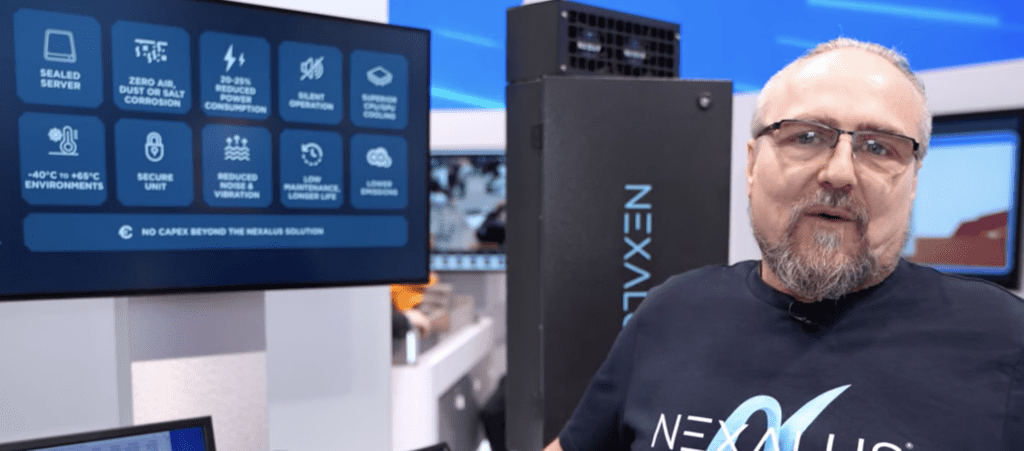Bringing vRAN anywhere with liquid cooling

There’s a disconnect between network infrastructure miniaturization and air-cooling techniques; liquid cooling is key to delivering vRAN for public and private networks
Operators globally are undertaking major radio access network (RAN) modernization projects with an emphasis on new distributed and open architectures and RAN virtualization (vRAN). At the same time, operators and their partners are working to deliver private cellular networks into enterprises and industries across vertical markets; here, again, vRAN can play an important role given the differentiated performance and deployment flexibility required for these customized networks.
Zooming in on the servers used by enterprises and operators to deliver distributed, vRAN, as well as edge computing (oftentimes in the same server package), equipment cooling is a perhaps unsung but hugely important consideration. The big picture is that a significant amount of time and treasure has gone into making server infrastructure more powerful and smaller. The cooling piece has largely been supported by air cooling dependent on heat sinks, fans and a host of other components. However, according to liquid cooling specialist Nexalus, air cooling has hit a ceiling in terms of fan and heat sink size; the path forward for air cooling would simply involve bigger and more fans and heat sinks which is antithetical to all of the work done around miniaturization.
Speaking to RCR Wireless News during Mobile World Congress in Barcelona, Nexalus CSO Tony Robinson said, “What we’ve done with liquid cooling is we’re using that to facilitate bringing computing to the edge.” In a demo hosted in the Dell Technologies stand, Robinson highlighted the company’s sealed server platform with built-in liquid cooling technologies in both rack-based and pole-mounted form factors.”
Robinson described a “fantastic journey” in partnership with Dell resulting in Nexalus technology being added to otherwise stock Dell server infrastructure—the point here is the ease of integration in this vital but relatively nascent area.
“The benefit that Nexalus brings to the edge,” he continued, “is things like -40 to 65 [degrees Celsius] ambient operating temperature. We’re sealed from rain, we’re sealed from dust, salt, all those corrosive things that can damage servers on the edge [that are] living outside. Not only can we protect the server but we do it with less energy consumption.”
This ties into Nexalus’s thesis statement: prioritizing performance and profit but also the planet. The company is focused on using its deep expertise in thermodynamics, thermal-fluid science and engineering to take a platform-based approach to scale out liquid cooling.
Click here to learn more about Nexalus.
And for more on open, vRAN and edge computing, read the following:

Comments are closed.